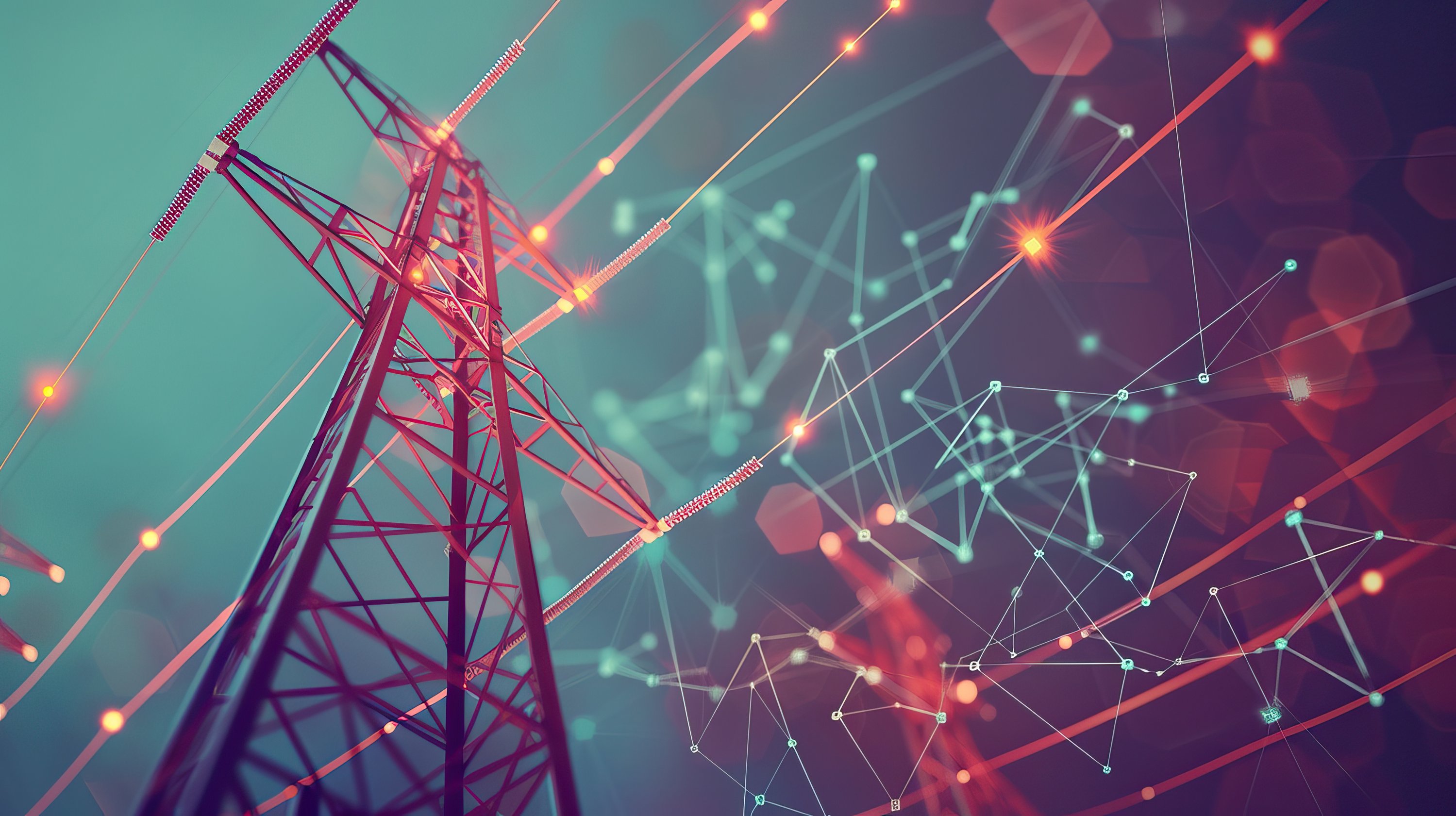To develop AI-based algorithms to optimize the thermomechanical monitoring & maintenance of power grid and infrastructure lines, increasing their capacity and lifetime.
SENTINEL
Partner Call open until: Q2 2025
Project Start: Q3 2025
SENTINEL develops AI-driven virtual sensing models that reconstruct the complete temperature and deformation profiles of power cables and infrastructure lines. The SENTINEL models improve on conventional monitoring, limited by absence of sensors or very spares sensor location, by:
- Using existing sensor infrastructure - no additional equipment required.
- Providing both radial and longitudinal temperature and deformation mapping.
- Detailed monitoring that helps predicting or preventing failure and degradation.
- Thermomechanical model for sag control and strand break prediction.
The main challenges of this project are:
- Several factors influence the thermomechanical condition of the pipes.
- The system complexity is very high.
- The design of older power grids (long cable lines, pylons) makes processing more difficult.
- Weather events (wind intensity, etc.) can be very localized.
- Sensors are often very sparsely placed
- However, data of interest for research (e.g. hot spots) can be very localized and therefore difficult to identify.
Expected results
With the thermal (and mechanical) virtual sensing of power lines, SENTINEL helps take advantage of the large untapped transmission capacity of static ratings. The goal is to combine ambient or sensor data with our virtual sensing solution:
- Squeeze maximum ampacity from existing lines through AI-enhanced Dynamic Line Rating
- Improve grid reliability and prevent outages
For both power and infrastructure lines, SENTINEL’s models help:
- Reduce maintenance costs through predictive fault detection
- Extend infrastructure lifetime through optimized operations
- Detect ice buildup on lines






